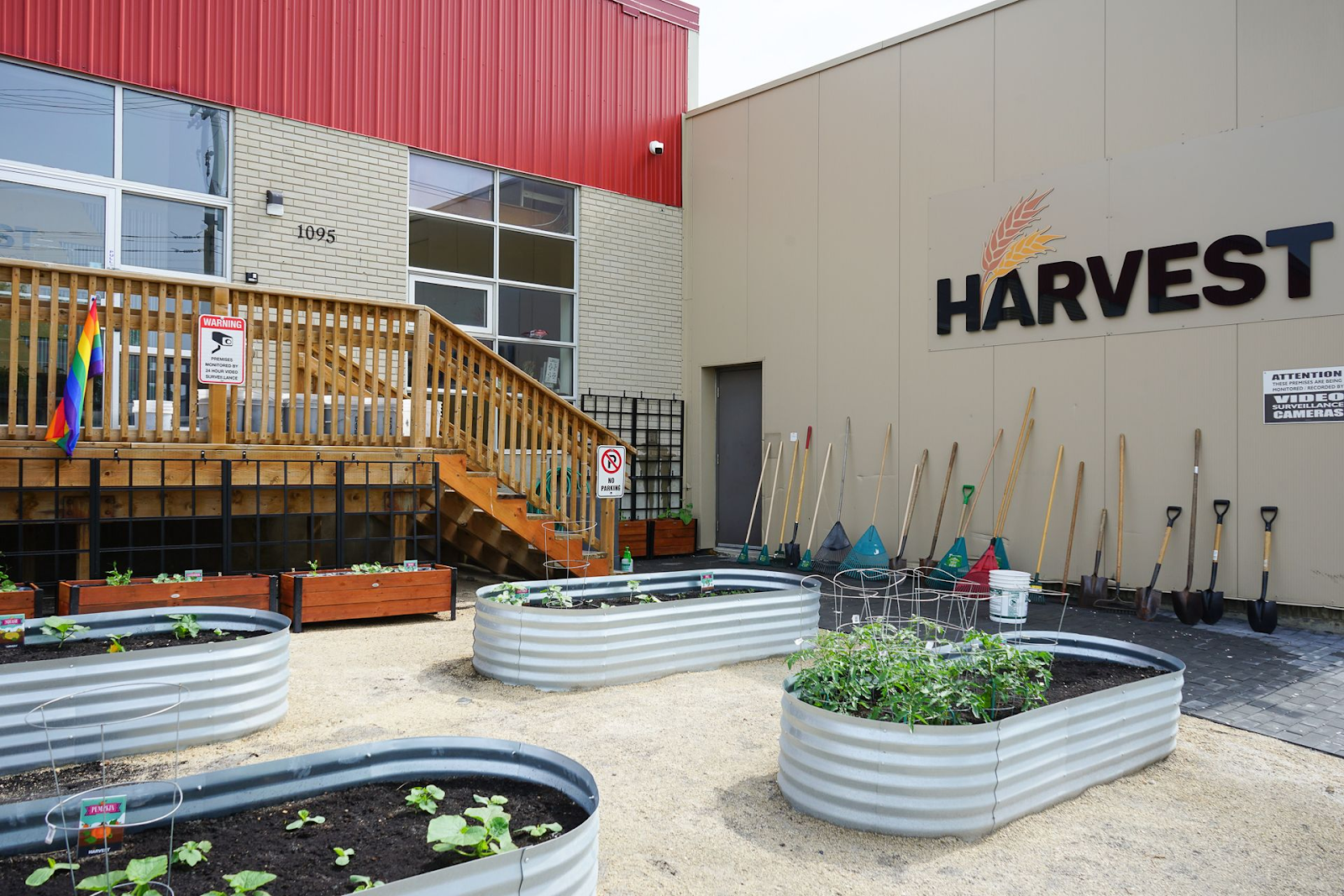Part 4: Applied Motivation
Introduction
In my free time, I usually volunteer to work at Harvest Manitoba, or also known as the food bank. I joins the sortation team at the food bank, whose jobs are to open products' boxes and classify food into categories. Each shift consists of a team of about 8 to 10 people working voluntarily in 2 hours.The group of volunteers working for the food bank is a dedicated and compassionate team who are committed to fight the hunger and support the community. From college students to retirees, professionals to homemakers, each member of this diverse group brings their unique skills and experiences to contribute to the overall effectiveness of the team.
Here are some pictures of the place I was belong to:
As a manager, to increase motivation among the group members working for the food bank, here is a plan that includes six specific actions:
1. Recognize volunteers' effort
Implement a recognition program that highlights individual achievements, for example "Volunteer of the Month". Rewards should be given to the winner by certificates, or small tokens of appreciation to make the volunteers feel valued and motivated.
2. Setting goals and Tracking the progress
Set clear goals and objectives for the volunteers, both as a team and individual. Break down larger tasks into smaller ones for the volunteers to track their progress and celebrate achievements along the way. For example, how many hours they have worked in a month, how many Manitoban hungers they have helped. Provide feedback and encouragement when goals are met to help them stay motivated and focused on their objectives.
3. Sharing success stories
The main purpose of the volunteers is to combat the hunger and help other Manitoban. Therefore, letting the volunteers know the impact of their work and the difference of those they are serving could help the volunteers increase their motivation dramatically. By sharing success stories, testimonials, and statistics about the number of individuals and families who were helped through the food bank's efforts could do the trick.
4. Giving free training sessions
5. Holding team-building activities
Organizing team-building activities and events is another way to strengthen the relationships among volunteers. Moreover, these activities could help encourage the collaboration among the members and create a sense of belonging. Building a supportive and cohesive team environment boosts motivation and enthusiasm among volunteers.
6. Creating a feedback mechanism
Creating a feedback mechanism where volunteers can share their ideas, suggestions, and concerns is a way to enhance the interaction between the organization and the volunteers. By involving volunteers in decision-making and valuing their opinions, they will feel a sense of ownership and increased motivation.







Comments
Post a Comment